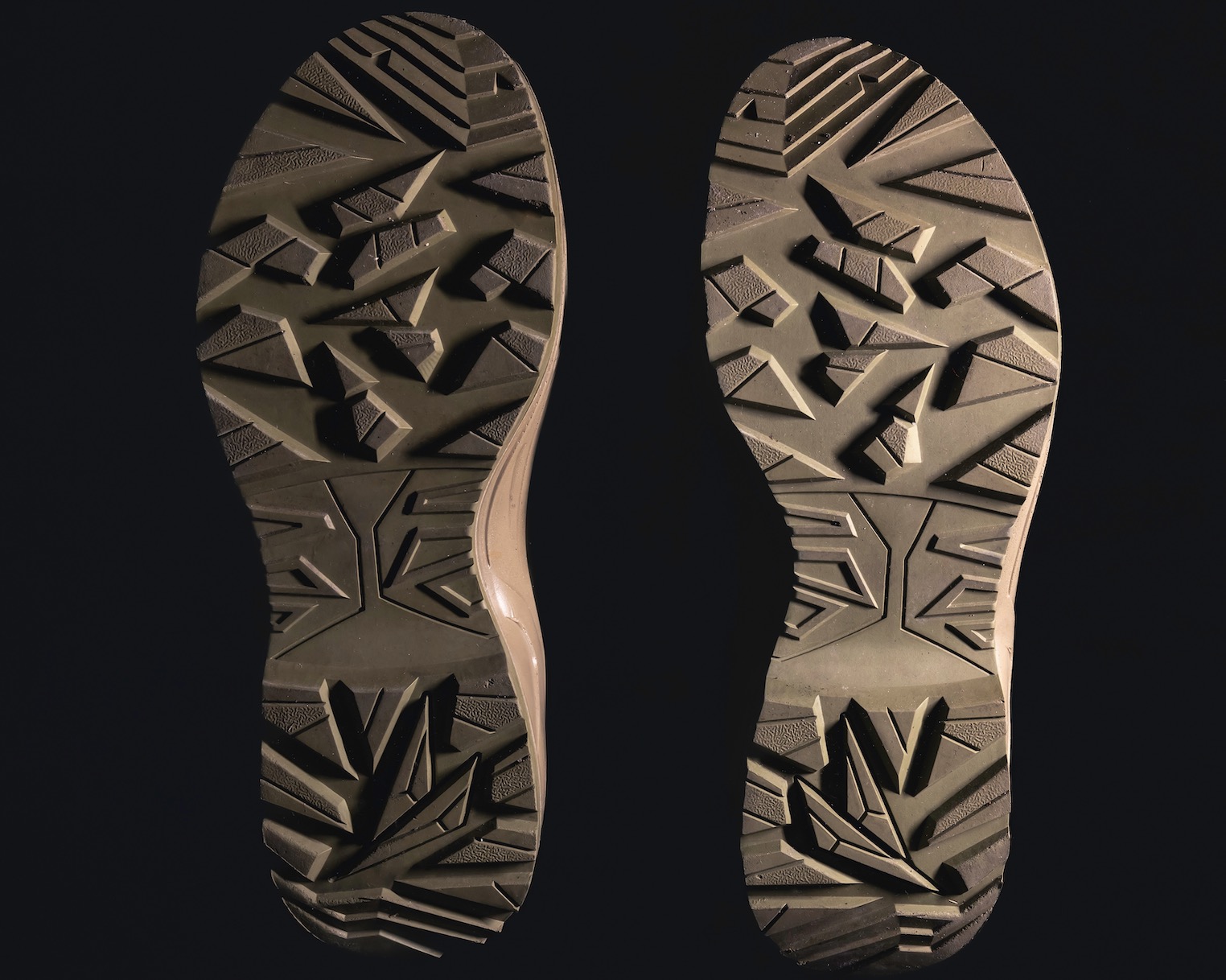Why Smooth Soles on Shoes Make it Difficult to Walk on a Polished Floor?

Why Smooth Soles on Shoes Make it Difficult to Walk on a Polished Floor?
The reasons why smooth soles on shoes make it difficult to walk on a polished floor are:
- Low Friction (Physics):
- Friction is a force that opposes the motion of one surface over another. It helps in providing the necessary grip for walking.
- Smooth soles lack texture or grooves, which means there are fewer points of contact between the shoe and the floor.
- Polished floors are very smooth and have fewer imperfections for the soles to latch onto.
- The result is a low frictional force, making it easy for your foot to slide, causing instability.
- Poor Grip (Biomechanics):
- Grip is the ability of your shoe to hold onto the surface you’re walking on.
- Smooth soles don’t have the necessary tread patterns that increase contact with the floor.
- Polished floors are often very slick, reducing any natural grip that might exist.
- Without sufficient grip, your foot can’t stay firmly planted, leading to slips and falls.
This is important for Natural Science Learners to know.
Imagine It Like This
- Think of trying to walk on an ice rink wearing regular shoes. The ice is smooth, and if your shoes don’t have special treads or spikes, you’ll slip because there’s almost no friction to keep you stable.
Why It Matters (Practical Implications)
- Safety: Wearing smooth-soled shoes on polished floors can be dangerous because of the increased risk of slipping and falling.
- Design: Shoe designers use this knowledge to create soles with grooves and textures to improve friction and grip, making them safer for various surfaces.
In summary, smooth soles on shoes make it difficult to walk on a polished floor because both surfaces are smooth, resulting in low friction and poor grip. This lack of friction and grip makes it easy to slip and hard to walk steadily.
